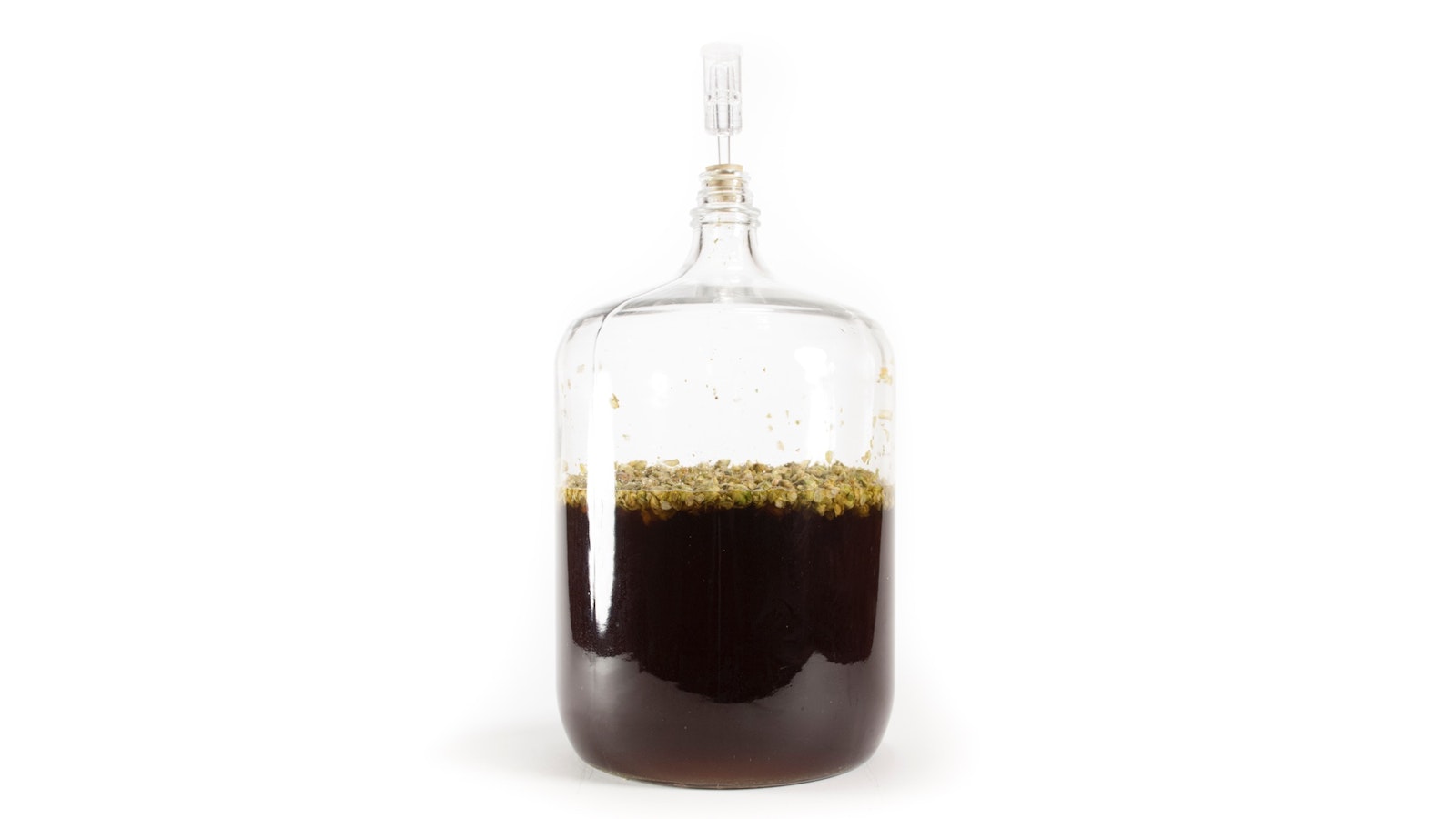Download and own the entire 13-page illustrated guide of Homebrewing: Beginner to Advanced here.
Below is a summary of some of the topics covered in the 13-page guide.
10 Tips for Beginning Homebrewers
My first homebrewing purchase was a book. Before I ever made a drop of beer, I read Charlie Papazian’s book, The Joy of Homebrewing, cover to cover. Looking back, I realize that only an infinitesimal amount of that valuable tome actually stuck in my brain that first time through. I’ve read it many times since and something new “clicks” every time—and Charlie’s passionate, encouraging style is a treat. If you’re looking for more book recommendations, I also strongly recommend Randy Mosher’s Radical Brewing and John Palmer’s How to Brew—both outstanding books no matter how long you’ve been wielding your beer paddle.
But there are some things they don’t tell you in the books that I think could be really, really useful to the beginning homebrewer. Or, to be clear, they might tell you in the book but for some reason they didn’t sink through my thick skull. Here are ten of those pieces of advice.

